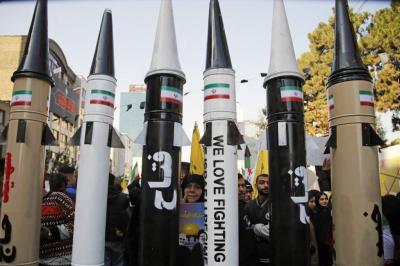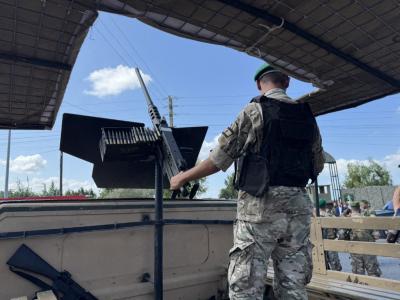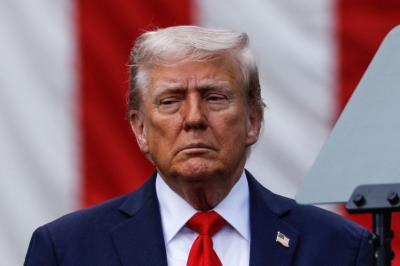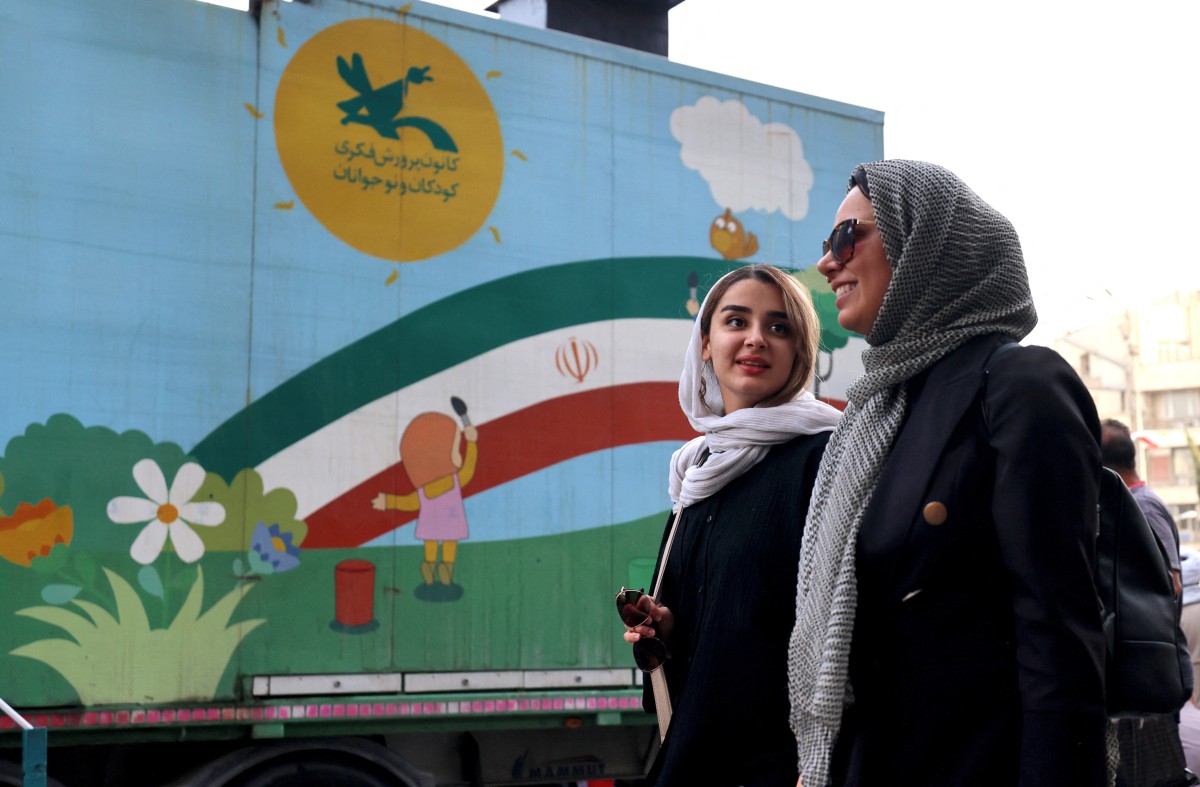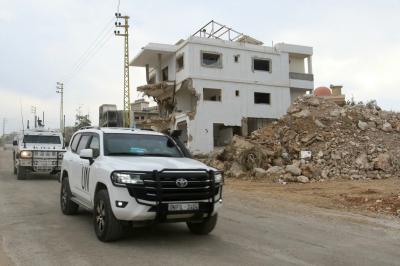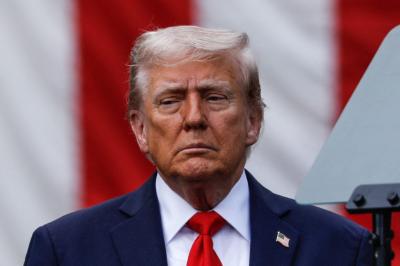The carnivals of "historic victory" in the Israeli-Iranian war—fought under American auspices—may well represent the only genuine "unity of fronts" that transcends the borders of enemies and their proxies alike, in a spectacle that is at once both tragic and comic.
Both warring sides declare without hesitation their assured victory in this war of distances: Israel, by announcing the destruction of nuclear sites with American support and the weakening of Iran’s missile capabilities; and Iran, by boasting of the pain it inflicted on the Jewish state through its weapons of mass destruction, drones, and the resilience of both its regime and people.
Yet these victory celebrations, spreading from Tehran to Beirut’s southern suburbs and Baalbek—echoing the slogans seen in Lebanon after past ceasefires—are bound to fade as the real, quiet reckoning of the war’s outcomes begins. The time has come to weigh the true field, economic, and political costs. There is no guarantee that the catastrophic Lebanese scenario won’t play out in Iran, once it starts comparing hopes with harsh realities.
Leaving Israel’s balance of losses and gains to the near future—with its judgments shaped by American, European, and internal Israeli assessments—let us try to read Iran’s situation in the aftermath of this war (whether it’s truly over or just paused—who can say?). From this, several conclusions emerge:
1. There is no doubt the Iranian regime was in greater need of ending the war, having lost senior commanders, scientists, and strategic sites, while its skies were violated by Israeli warplanes and its soil infiltrated by Mossad networks—especially following precision U.S. strikes on its nuclear facilities. Tehran’s claim that Washington and Tel Aviv "begged" for a ceasefire drew wide smiles on both their faces—and among observers—even as Israel endured significant damage from Iran’s missiles and drones.
2. A new Iran began to emerge during and after the war—not necessarily through a change of regime (which was never really the prime goal of the U.S. or Israel)—but through behavior and rhetoric departing from the historical path of the “Islamic Republic” under Khomeini and Khamenei. The old slogans of “wiping Israel off the map” and battling “the Great Satan, America” have fallen silent.
3. A new form of cooperation with the West, especially the U.S., is taking shape, now that the most dangerous barrier—Iran’s nuclear program—has been removed, whether fully destroyed, partially disabled, or frozen for years. Washington now stands as both a bitter enemy and an indispensable frenemy for Tehran—holding the keys to lifting sanctions and unlocking the economic and financial oxygen Iran so desperately needs.
4. It is clear that Iran will now be compelled to follow the path of openness pioneered by its Gulf neighbors—particularly Saudi Arabia, the UAE, and Qatar. Iran has little choice but to emulate these states in their global engagement, pursuit of prosperity, stability, and peace. Otherwise, it risks condemning itself to renewed isolation, sanctions, and war.
5. Contrary to what the regime wants to promote about the unity of its people, signs of discontent, grievance, and rejection have already surfaced. The regime will face protests and growing opposition once the true scale of its losses becomes clear. While it will attempt to contain or suppress dissent, its need to align with Washington and other influential powers will force it toward greater flexibility, as a means of self-preservation. Internal change will become increasingly likely.
6. There can be no separating Iran’s nuclear, ballistic, and proxy triad if it is to join the civilized Western and Arab order. The nuclear issue is sealed, the remaining ballistic missiles are now under tight surveillance—much like in other mid-sized powers such as Pakistan and Turkey. As for Iran’s proxies in Lebanon, Iraq, and Yemen, they are now under review or facing dismantlement as a prerequisite for Iran’s integration into this new order. In the coming weeks, the handling of “Hezbollah”’s arsenal will serve as a model for the fate of other proxies.
7. Iran may well attempt—under the guise of a ceasefire—to revive this triad, finding it hard to shed its ideological skin or abandon its belief in "divine right" and the return of the "Hidden Imam." But such efforts would risk reigniting the war—this time with weakened capabilities and more fragile allies.
Has Iran not studied, under its magnifying glass, the bitter lessons from the painful seven-month ordeal of its Lebanese proxy?
Twelve days of war were enough to ensure that what follows will look very different from what came before, as the winding road toward a new Iran begins to take shape.
Please post your comments on:
[email protected]
 Politics
Politics
